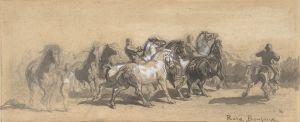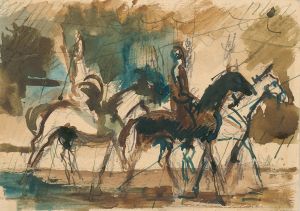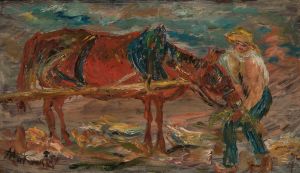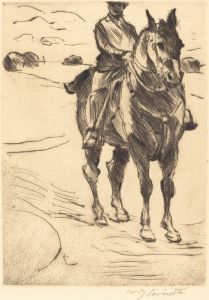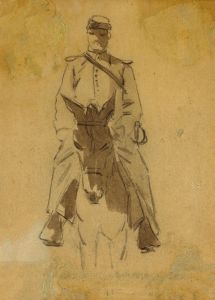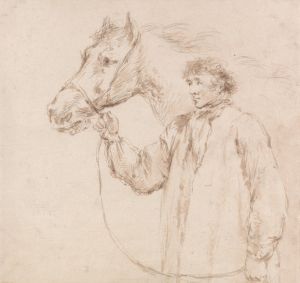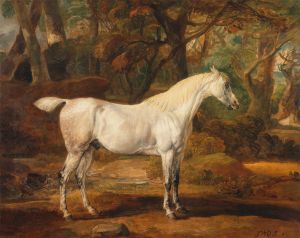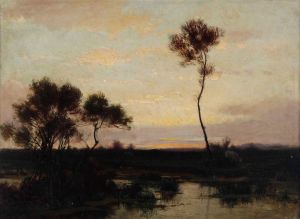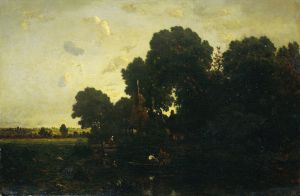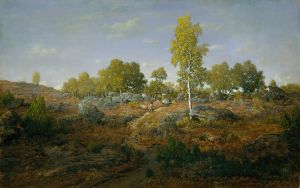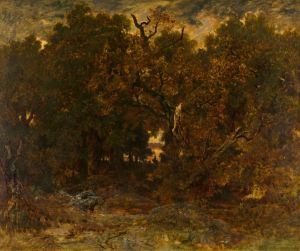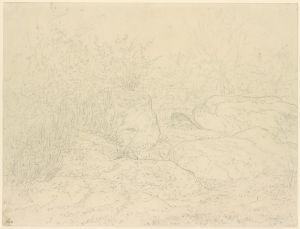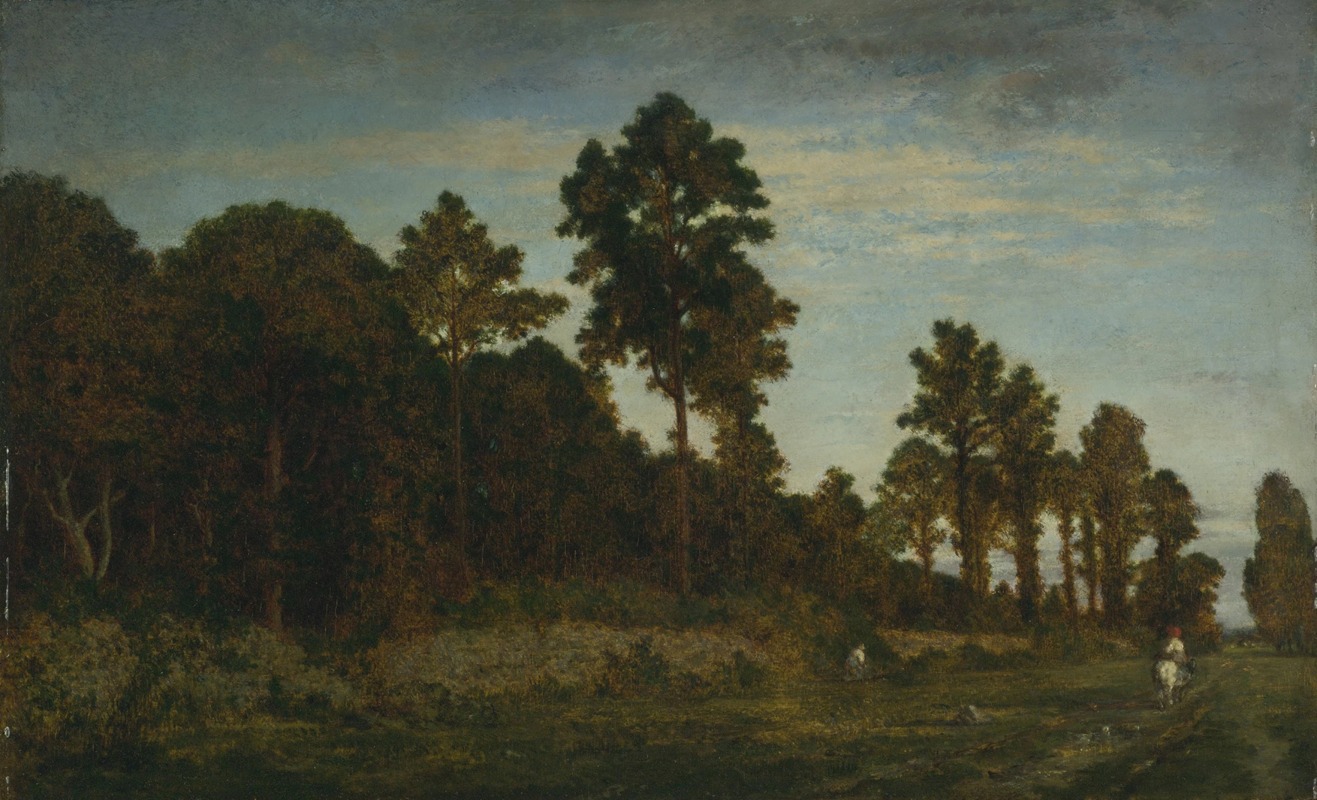
Cavalier à la lisière d’un bois
A hand-painted replica of Théodore Rousseau’s masterpiece Cavalier à la lisière d’un bois, meticulously crafted by professional artists to capture the true essence of the original. Each piece is created with museum-quality canvas and rare mineral pigments, carefully painted by experienced artists with delicate brushstrokes and rich, layered colors to perfectly recreate the texture of the original artwork. Unlike machine-printed reproductions, this hand-painted version brings the painting to life, infused with the artist’s emotions and skill in every stroke. Whether for personal collection or home decoration, it instantly elevates the artistic atmosphere of any space.
Théodore Rousseau's painting Cavalier à la lisière d’un bois (translated as Horseman at the Edge of a Forest) is a work by the French artist who was a prominent figure in the Barbizon School. This artistic movement, which emerged in the mid-19th century, was characterized by its focus on naturalistic landscapes and a departure from the formal, idealized depictions of nature that had dominated earlier periods. Rousseau, along with other artists of the Barbizon School, sought to capture the beauty and authenticity of rural France, often painting en plein air (outdoors) to observe and depict nature directly.
The painting depicts a lone horseman positioned at the edge of a forest, a recurring theme in Rousseau's work that reflects his fascination with the interplay between human presence and the natural world. The composition emphasizes the dense, textured foliage of the forest, rendered with meticulous attention to detail, and contrasts it with the open space surrounding the rider. Rousseau's use of light and shadow creates a dynamic atmosphere, evoking a sense of tranquility and introspection.
Rousseau's approach to landscape painting was innovative for his time. He rejected the academic conventions of the French art establishment, which often prioritized historical or mythological subjects. Instead, he focused on the unembellished beauty of nature, drawing inspiration from the forests of Fontainebleau and other rural areas. His works, including Cavalier à la lisière d’un bois, are noted for their rich tonalities, dramatic skies, and a deep sense of connection to the environment.
While the exact date of this painting's creation is not definitively documented, it is consistent with Rousseau's mature style, which developed during the 1840s and 1850s. During this period, Rousseau faced challenges in gaining recognition from the official art world, as his works were often rejected by the Paris Salon. However, he eventually gained acclaim later in his career and became a significant influence on subsequent generations of landscape painters.
Today, Cavalier à la lisière d’un bois is appreciated as an example of Rousseau's dedication to capturing the essence of nature and his role in shaping the development of modern landscape painting. The painting is housed in a public or private collection, though specific details about its current location or provenance may not be widely available.





